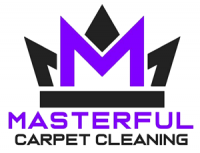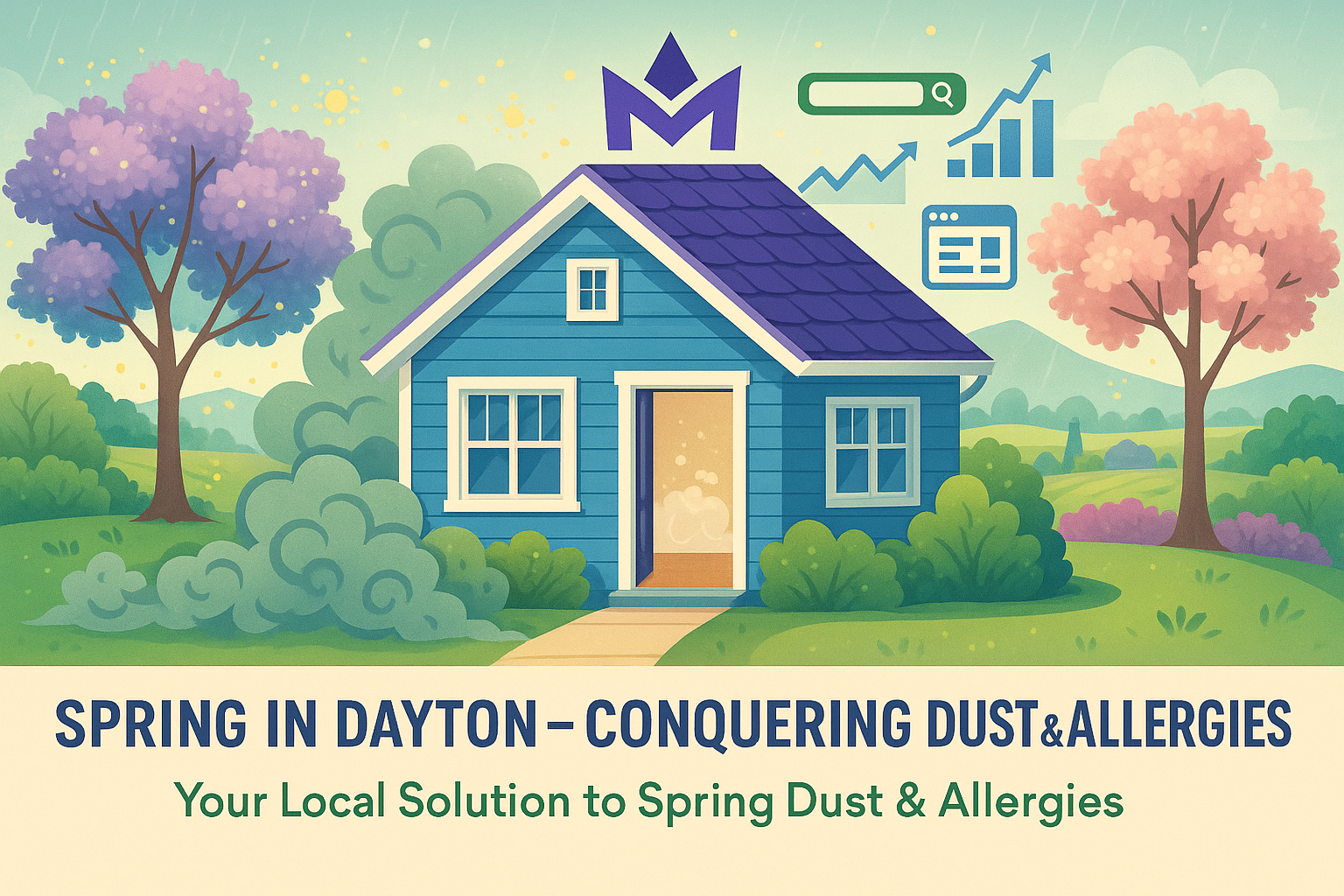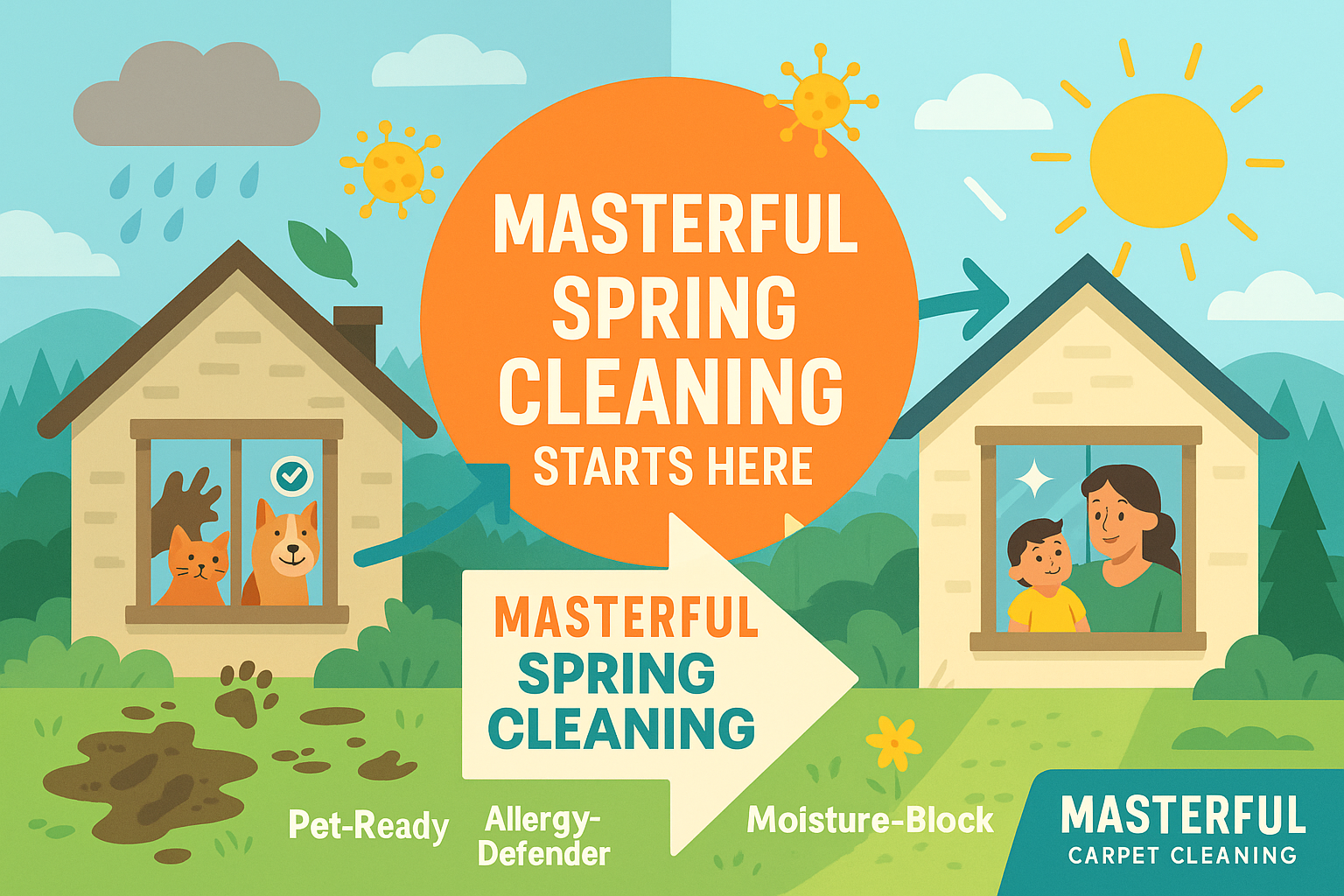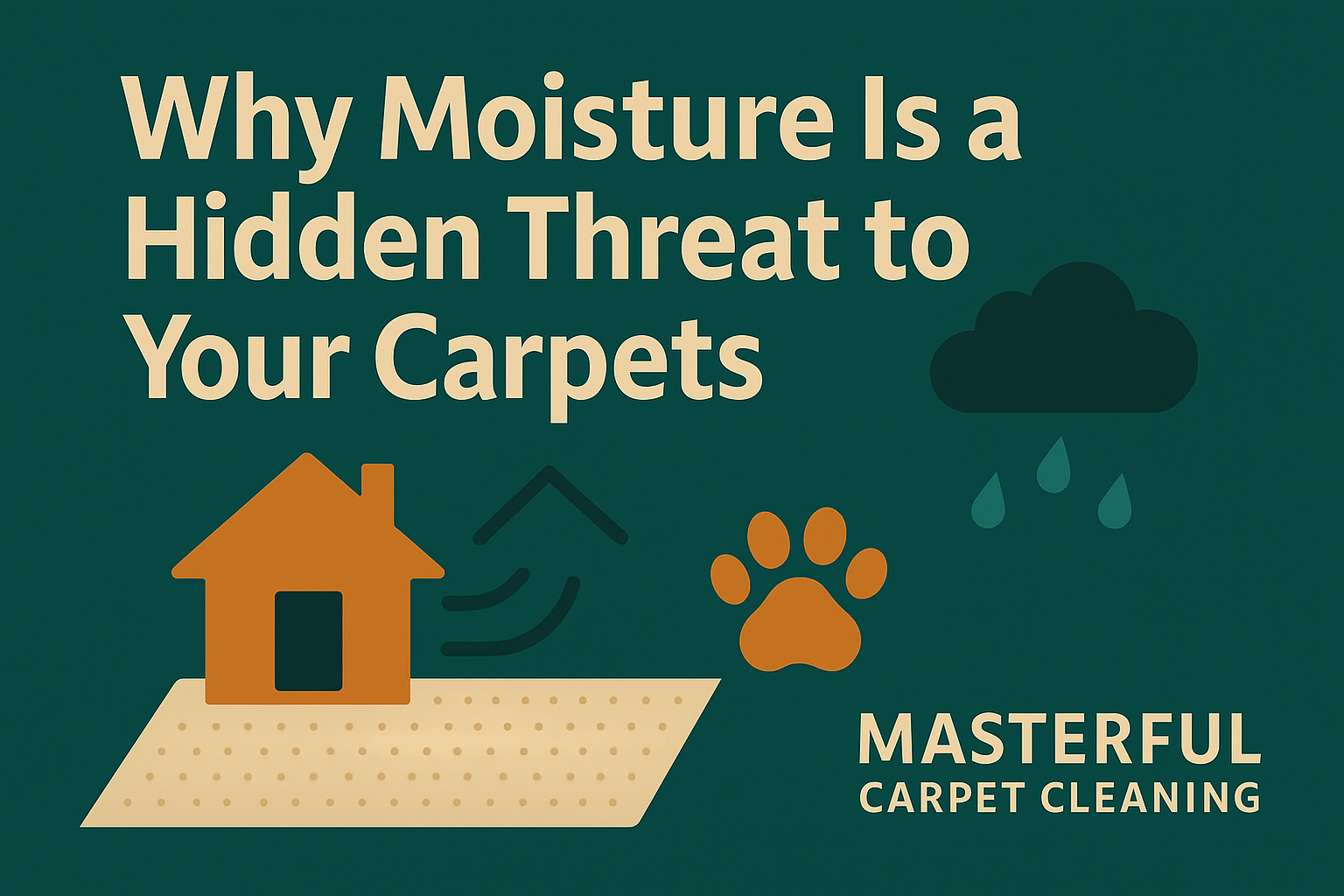Maintaining the Beauty of Porcelain Tiles Through Effective Grout Cleaning

Porcelain tiles are renowned for their strength, resilience, and unparalleled beauty, making them a premium choice for flooring and wall applications in homes and businesses alike. Their lustrous finish and wide variety of designs can complement any decor, enhancing the aesthetic appeal and overall value of any space.
Like any premium material, porcelain tiles require proper care and maintenance to preserve their appearance and integrity over time. The key to maintaining the pristine condition and luster of these tiles lies in the effective cleaning of grout.
By following our expert advice, homeowners and cleaning professionals alike can ensure that porcelain tiles continue to add beauty and value to spaces long after they have been installed.
Porcelain Tiles and Grout
Porcelain tiles are a type of ceramic tile, but they are made from a more refined clay and fired at higher temperatures. This process results in a tile that is dense, hard, and less porous, making it more resistant to moisture, stains, and wear. Porcelain tiles are celebrated for their durability and versatility, able to mimic the look of natural stone, wood, and other materials with remarkable accuracy, while offering superior performance in both high traffic and wet areas.
Grout
Grout is a composite material used to fill the spaces and seal the joints between individual tiles. Despite its importance, grout is prone to discoloration, staining, and accumulation of dirt and grime.
Its porous nature makes it susceptible to absorbing moisture and breeding bacteria, which can detract from the overall appearance of the tile and even compromise its durability if not properly maintained. Effective grout cleaning and maintenance are imperative to ensure the beauty and longevity of porcelain tiles, preserving the integrity of both the tiles and the grout that holds them in place.

Materials Needed for Grout Cleaning
Effective grout cleaning necessitates specific materials tailored to penetrate grime and safeguard the tiles.
Here’s a list of materials and solutions for restoring your grout’s original luster:
- Baking Soda: Acts as a gentle yet effective abrasive for scrubbing away surface dirt without damaging grout.
- White Vinegar: A natural acid that breaks down soap scum and mineral deposits; ideal for regular maintenance cleaning.
- Hydrogen Peroxide: Useful for tackling tougher stains and mildew; can be used alone or mixed with baking soda for added cleaning power.
- Chlorine Bleach: For severe stains and discoloration, a diluted bleach solution can be effective; use sparingly to avoid damaging grout over time.
- Grout Brush: A small, stiff-bristled brush (or an old toothbrush) designed to scrub grout lines without scratching tiles.
- Spray Bottle: For applying diluted cleaning solutions directly to grout lines.
- Rubber Gloves: To protect your hands from harsh cleaning agents.
- Clean Cloth or Sponge: For wiping surfaces clean after applying cleaning solutions.
- Sealer: After cleaning, applying a grout sealer can help prevent future staining and ease maintenance.
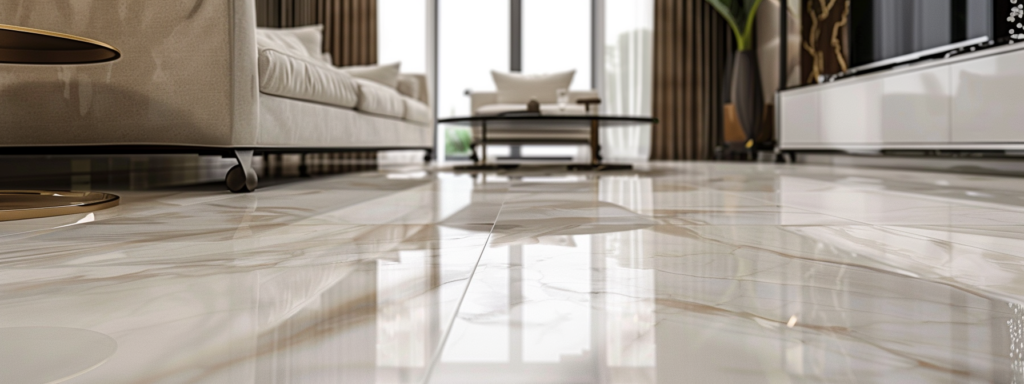
Preparation for Grout Cleaning
- Clear the Area: Remove rugs, toiletries, and any movable items from the cleaning area to ensure every inch of grout is accessible.
- Sweep or Vacuum: Eliminate loose dirt and debris from the tile surface to prevent scratching during the cleaning process.
- Assess the Grout: Carefully examine the grout lines for signs of damage or mildew that may require special attention.
- Ventilate the Space: Open windows or turn on exhaust fans to ensure good airflow, particularly if using strong cleaning agents.
- Gather Your Materials: Ensure all the cleaning materials listed above are within reach before starting the cleaning process.
- Protect Yourself: Put on rubber gloves and any other protective gear recommended for the cleaning agents you plan to use.
- Prepare Your Cleaning Solutions: Mix any solutions (like diluted vinegar or bleach) in a spray bottle for easy application.

Step-by-Step Grout Cleaning Instructions
Pre-Cleaning Steps:
Before the grout cleaning process, ensure the area is well-prepared to maximize the effectiveness of your cleaning efforts.
- Wet the Area: Lightly dampen the grout lines with warm water. This pre-moistening process helps to loosen dirt and grime, making it easier to scrub away. You can use a spray bottle filled with warm water to evenly wet the surface.
- Apply Pre-Cleaning Solution: For heavily stained or soiled grout, apply a pre-cleaning solution, such as a mixture of water and vinegar or a commercial pre-treatment cleaner, to help break down tough stains. Allow it to sit for 5-10 minutes.
Cleaning Process:
Now that the area is prepped, follow these detailed steps to clean the grout thoroughly:
- Apply Your Chosen Cleaner: Start by applying your cleaning solution to the grout. For DIY solutions, a paste made from baking soda and water is a great option. For tougher stains, hydrogen peroxide or a commercially available grout cleaner can be used. Apply the cleaner directly onto the grout lines.
- Let the Cleaner Sit: Allow the cleaner to penetrate the stains by letting it sit for about 10 minutes. For tougher stains, you may let it sit for up to 30 minutes, checking periodically to ensure it doesn’t dry out completely.
- Scrub the Grout: Using a grout brush or an old toothbrush, scrub the grout lines vigorously to remove dirt and stains. Focus on one section at a time, applying additional cleaner as needed for stubborn areas.
- Rinse Thoroughly: After scrubbing, rinse the area well with warm water. A cloth or mop can be used to remove any residual cleaner from the tile and grout surfaces.
- Dry the Area: Use a clean, dry towel or a squeegee to remove excess water from the tiles and grout, preventing any new dirt from settling into the damp areas.
- Repeat if Necessary: For deeply stained grout, you may need to repeat the cleaning process to achieve the desired results.
Pro Tips
- For Natural Cleaning: Vinegar is a great natural cleaner for grout. Mix equal parts of white vinegar and warm water in a spray bottle for an effective, eco-friendly cleaning solution. Avoid using vinegar on natural stone tiles as it can etch the surface.
- For Tough Stains: For persistent stains, making a paste of baking soda and hydrogen peroxide offers a potent cleaning boost. Apply the paste to the stain, let sit for 15 minutes, then scrub and rinse.
- Safety Tip: When using commercial cleaners or bleach, ensure the room is well-ventilated and wear gloves to protect your skin.
By following these step-by-step instructions and considering the additional tips, you can effectively clean your grout, restoring the appearance of your porcelain tiles and extending their lifespan.
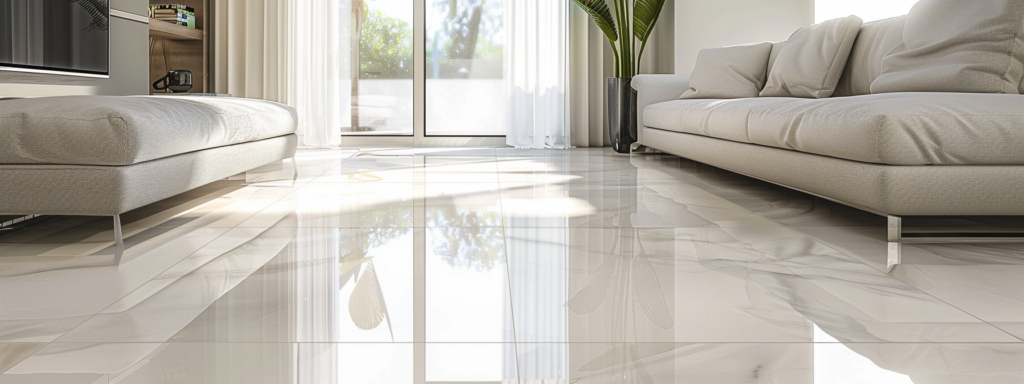
Preventing Grout Dirt and Damage
Maintaining the cleanliness of grout is not only about periodic deep cleaning but also about taking preventive measures to avoid dirt accumulation and damage. Regular maintenance can significantly extend the life of your grout and keep your porcelain tiles looking new. Here are some practical steps to prevent grout dirt and ensure its longevity:
- Seal the Grout: Apply a grout sealer annually or as recommended by the product manufacturer. Sealing grout helps protect it from moisture, stains, and dirt accumulation.
- Promptly Clean Spills: Quickly address any spills, especially those that are acidic or colored, as they can stain grout lines if left unattended.
- Daily Sweeping or Vacuuming: Regularly remove dirt and debris from your tile floors. Dirt particles can act as an abrasive on grout lines, leading to wear over time.
- Use Gentle Cleaners for Routine Cleaning: For daily or weekly cleaning, use mild soaps or pH-neutral cleaners to avoid breaking down the grout sealer or damaging the grout.
- Avoid Harsh Chemicals: Steer clear of using harsh chemicals and bleach-based products for regular cleaning, as they can weaken grout with repeated use.
- Install Mats or Rugs in High Traffic Areas: Place mats or rugs in entryways and other high-traffic areas to minimize the amount of dirt and grit that comes in contact with your tile floors.
- Regular Maintenance Checks: Periodically inspect grout lines for signs of wear or damage. Early detection can prevent more significant issues down the line.
- Professional Cleaning: Consider hiring a professional cleaning service for an annual deep clean. They can address any issues that are difficult to resolve with routine maintenance.
Regular grout cleaning and maintenance preserves the aesthetic and integrity of porcelain tiles. Not only does this routine care keep your floors and walls looking pristine, but it also prevents the premature degradation of grout. The measures outlined provide a robust foundation for grout care, ensuring that your tiled surfaces remain beautiful and durable for years to come.

Frequently Asked Questions
Can I use vinegar to clean porcelain tiles and grout?
Vinegar is a popular natural cleaner, but it should be used with caution. While it’s safe for most porcelain tiles, always dilute it with water (a 1:1 ratio is a good start) to minimize the risk of damage. Avoid using vinegar on natural stone tiles or if your grout is sealed, as the acidity can erode the sealer or damage the stone.
How often should I seal my grout?
The frequency of sealing grout can vary depending on the type of sealer used, the level of foot traffic, and exposure to moisture. As a general rule, grout should be resealed every one to two years. If your tiles are in a high-moisture area, like a bathroom, you may need to seal them more frequently.
What’s the best way to remove mold from grout?
For mold removal, a mixture of hydrogen peroxide and water or a commercially available mold remover designed for tiles and grout can be effective. Apply the solution to the affected area, let it sit for at least 10 minutes, then scrub gently with a brush and rinse thoroughly. Always wear protective gloves and ensure the area is well-ventilated during cleaning.
Are steam cleaners safe for porcelain tiles and grout?
Yes, steam cleaners can be a safe and effective way to clean both porcelain tiles and grout, as they don’t require chemicals and can remove dirt and grime without damaging the surface. Ensure that your grout is sealed properly before using a steam cleaner to prevent moisture from penetrating and weakening the grout.
How can I prevent grout from becoming dirty quickly?
Regular maintenance is key to preventing grout from becoming dirty. This includes daily sweeping or vacuuming to remove dirt and grit, promptly cleaning up spills, and using doormats to reduce the amount of dirt tracked onto tile floors. Sealing your grout can provide a protective barrier that makes it more resistant to dirt and easier to clean.
Can I use bleach on my porcelain tiles and grout?
While diluted bleach can be used sparingly on porcelain tiles and grout to remove tough stains or mildew, it should not be a regular cleaning solution. Overuse of bleach can weaken grout over time and may cause discoloration. Always dilute bleach with water and rinse the area thoroughly after cleaning.
We encourage you to integrate these grout cleaning and maintenance practices into your regular cleaning schedule. For those challenging or neglected areas, don’t hesitate to seek out our professional cleaning services. With the right care and attention, your porcelain tiles and grout can maintain their allure and function, contributing to the overall beauty of your space. Remember, prevention is key to minimizing effort and maximizing results.
Author
-

As the Co-Owner of Masterful, Randy has been providing quality cleaning services to the Salem and Portland areas of Oregon for many years. He has built a reputation for excellence in the industry. His team take prides in using the latest cleaning techniques and technologies to deliver exceptional results every time.
View all posts
